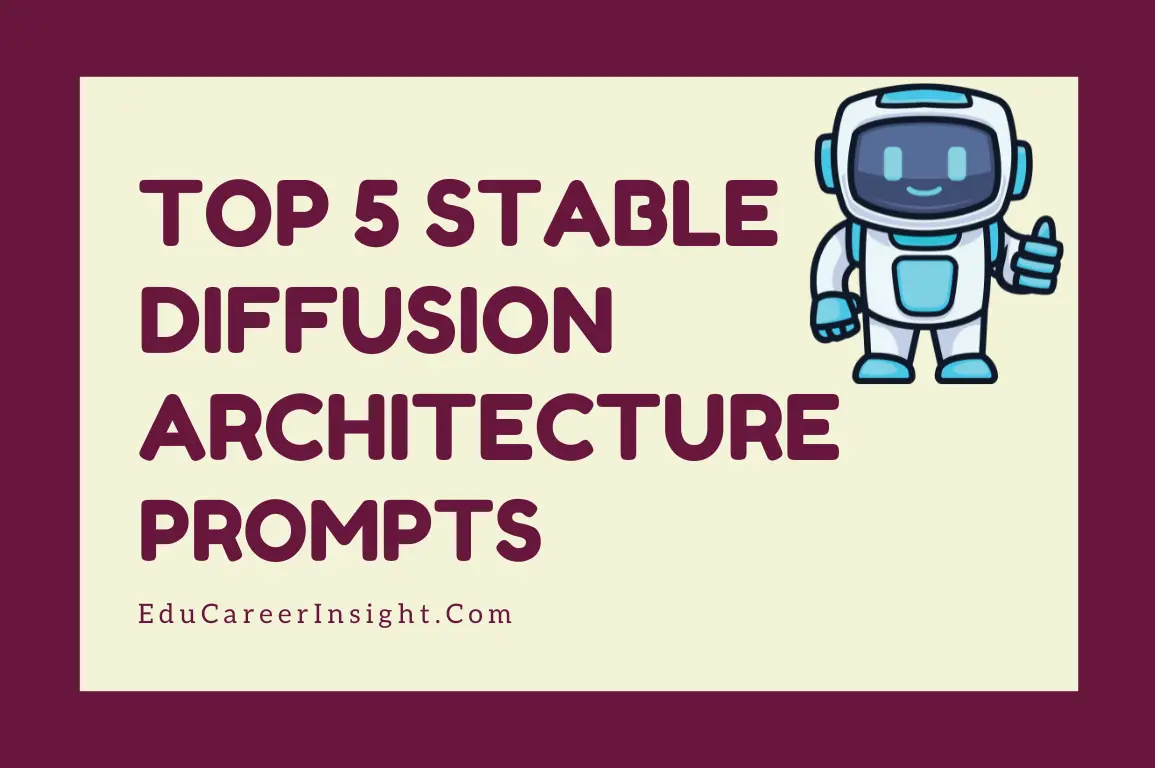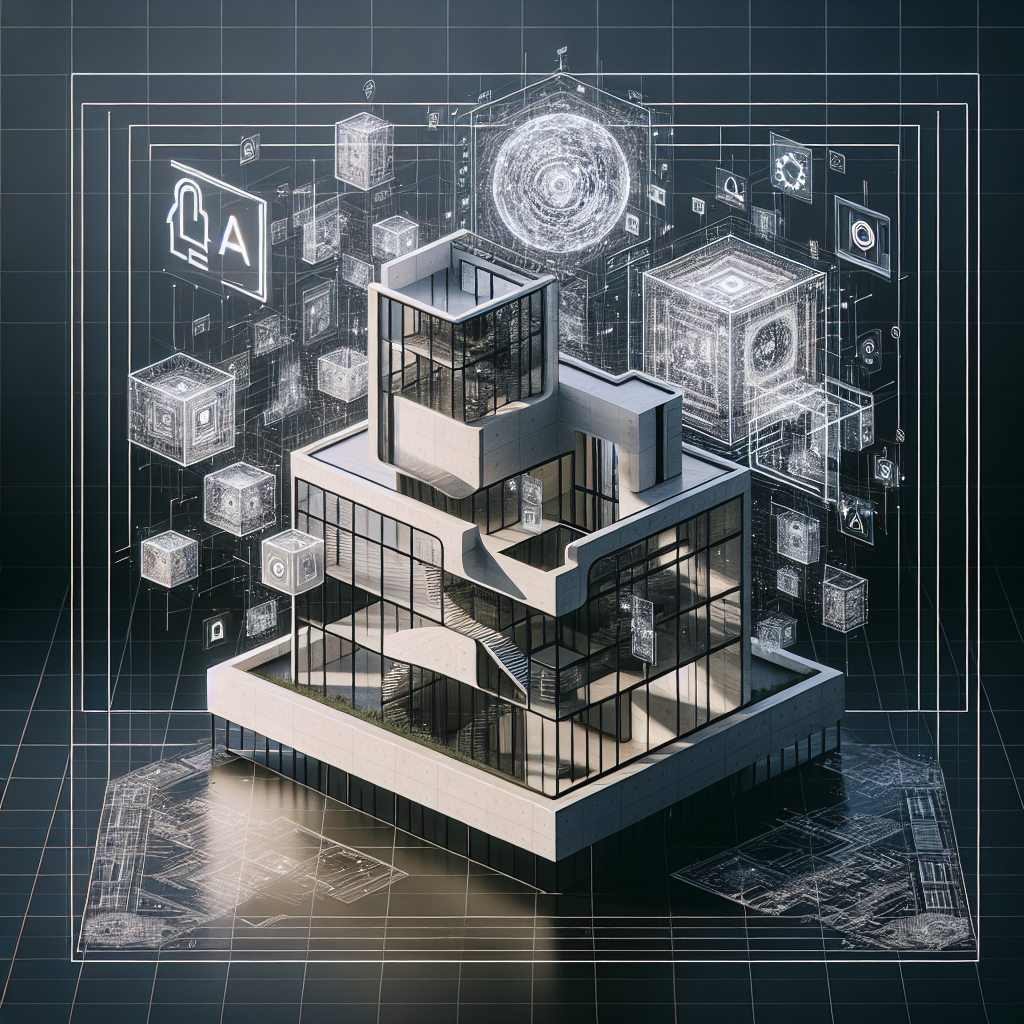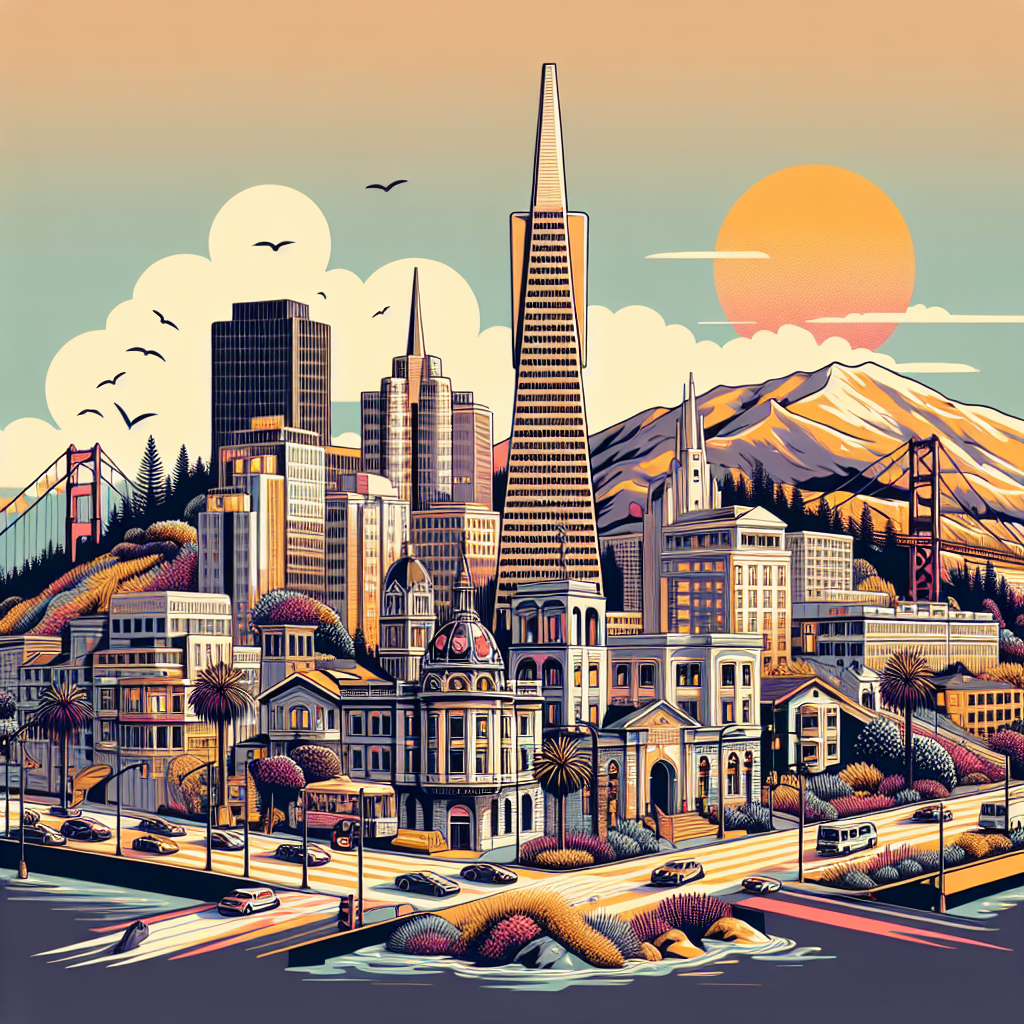
You must be aware of the fundamental significance and advantages of artificial intelligence in a world where machines are replacing humans. Architecture is primarily concerned with design.
The design is what draws the most attention to the finished product from the outset. And, of course, AI can deliver you the ideal design to showcase your talent with just a few text messages.
You must be wondering what is stable diffusion? Let’s Discuss.
Stable Diffusion is the technique of creating text and image cues for a special photorealistic artificial intelligence model.
It is the power bundle for burgeoning artificial intelligence, having been released in 2022 as the result of stable AI.
It creates models based on diffusion and latent space technologies that are limited and clearly defined. This also produces detailed and high-quality photos and videos. Because of this, the model requires much less computing power and may be used on desktop or laptop computers that have GPUs.

Through transfer learning, Stable Diffusion can be adjusted to your exact requirements with as few as five photos.
A liberal license allows anybody to use Stable Diffusion. This sets Stable Diffusion apart from its forerunners.
KEY COMPONENTS OF STABLE DIFFUSION
See, this Stable Diffusion architecture is intended to enhance training dynamics and stability in generative modeling. Lets explore the essential elements of a stable diffusion architecture which are:
Fault Tolerance and Redundancy:
SDA places a strong emphasis on redundancy in terms of data, software, and hardware. It lessens the effect of failures by replicating parts and data across several nodes or regions.
The smooth running of the system is guaranteed by fault tolerance measures, even in the event that individual components malfunction.
Decentralized Decision-Making:
SDA encourages decentralized decision-making procedures, in contrast to conventional centralized designs. This delegation of decision-making power improves scalability and minimizes bottlenecks.
Consensus protocols, for example, are algorithms that make sure every node in the system agrees on the current state of shared data.
Adaptive Resource Allocation:
SDA distributes resources in real-time according to system parameters and workload demands. The design can effectively scale up or down in response to varying traffic or resource availability because of its adaptive nature.
It preserves performance indicators like throughput and response times while optimizing the use of resources.
Data Integrity and Consistency:
One of the main challenges in SDA is ensuring consistency across distributed data. In spite of simultaneous updates from several sources, methods such as distributed transactions, version control, and conflict resolution algorithms are used to preserve data integrity.
STABLE DIFFUSION ARCHITECTURE IN REAL WORLD
Just imagine your favorite character or city, existing in real life. Isn’t that amazing? So, lets delve into the stable diffusion and its work in real world.
Cloud-Based Software
SDA is used by large cloud service providers to provide infrastructure services that are resilient and scalable.
They reduce service interruptions and delay by spreading computing resources among geographically separated data centers, offering clients excellent availability and performance.
Banking and finance Structures
SDA makes sure that transactions are executed consistently and instantly in financial trading platforms, where split-second judgements have the power to make or break agreements.
The ability of the architecture to withstand faults is essential for avoiding monetary losses brought on by data corruption or system outages.
IoT(Internet of Things) Networks
SDA is used by the Internet of Things (IoT) to control massive networks of connected devices.
By enabling effective data gathering, processing, and decision-making at the network’s edge, SDA lessens the need for centralized servers and boosts responsiveness in vital applications like industrial automation and smart cities.
BEST STABLE DIFFUSION ARCHITECTURE PROMPTS
Everyone enjoys the process of creating something fresh. And when you have such advanced technologies and claim to be an artist, it is critical to experiment with new designs and expand your creativity using the magic of Generative AI tools.
I do not claim to be an artist, but I can recommend some excellent prompts for you.
- Prompt 1: A contemporary desert oasis resort featuring streamlined, climate-controlled domes for lodging
Doesn’t it look fantastic? Imagine staying in one of these sophisticated resorts with climate-controlled domes for your accommodations, right in the heart of a desert oasis. You’ll think you’ve landed in a dream world. This is how artificial intelligence can visualize your dreams and thoughts in an image.
If this resort really exist, I would be the first to schedule my next vacation at this place.
- Prompt 2: A high-tech mountain hideaway with energy-efficient architecture, a minimalist style, and expansive windows that provide a view of the untamed alpine scenery
This is a concept that I have never considered for a high-tech alpine retreat. But this is what AI had presented me with. To get better outcomes, you may occasionally need to provide additional guidance or be more detailed in your input. Perhaps the keywords I provided weren’t sufficient to convey the image I had in mind.
- Prompt 3: Converted industrial structure transformed into retail establishments, office buildings, and other commercial structures.

You can think of old office buildings so relatable to this picture. You must have seen in bombay we find old buildings converted into office and firms. AI also proved to bring the most realistic picture.
- Prompt 4: The surface of a crystalline castle with walls made of transparent prisms that are lit from within, giving the place an ethereal, captivating feel.
I find the work of AI to be astonishing. The outcomes are simply amazing! It seems as though I’m in a luxurious historical film set. When creating writing prompts for architecture, it pays to think creatively since you may end up with something like this.
- Prompt 5: A model of a state-of-the-art scientific and technology facility devoted to innovative research
You’re probably assuming that since it appears so genuine, it ought to be true. Being a scientific and technology building, it has many standard characteristics as well as some unique ones.
FUTURE TRENDS & INNOVATIONS
You must be well known about novel development in the rapidly developing field of artificial intelligence is gaining attention and expanding the realm of possibilities, the Stable Diffusion Algorithms in Computer Vision.
Machine Learning and Data-Driven Approaches:
Increasingly, people are interested in leveraging machine learning methods along with data-driven approaches to boost stable diffusion models’ accuracy and predictive power.
Complex pattern recognition in data, model parameter calibration, and performance optimization based on observed behaviors are all made possible with the aid of machine learning.
This tendency is especially helpful in environmental science (e.g., pollution movement) and epidemiology (e.g., disease transmission modeling).
Integration with Multi-scale Modeling:
As computing power grows, more attention will be paid to the integration of multi-scale modeling techniques with stable diffusion models.
Linking diffusion dynamics at many sizes (ranging from molecular to macroscopic) is necessary to capture complex interactions and emergent features in heterogeneous systems.
In domains such as neurology (e.g., synaptic transmission) and urban planning (e.g., traffic flow), integrated methods are crucial.
Use in Emerging Technologies:
Stable diffusion models are anticipated to be useful in fields like nanotechnology, where developing effective sensors, medication delivery systems, and energy storage devices requires an understanding of diffusion dynamics at the nanoscale.
The main focus of innovations will be on modifying and creating models that can precisely forecast and maximize performance in these state-of-the-art applications.
Incorporating Spatial Heterogeneity:
It is anticipated that diffusive processes will be given more consideration in future models.
Creating models that can manage intricate geometries, diverse surroundings, and fluctuating diffusivity in various areas is part of this.
These kinds of developments are critical in domains such as materials science, where comprehension of diffusion in intricate microstructures is paramount.
Coupling with Reaction Kinetics:
Chemical reactions or other kinetic processes are frequently coupled with diffusion processes in the real world.
Subsequent advancements will center on creating models that smoothly combine reaction kinetics with diffusion dynamics, enabling a deeper comprehension of chemical and biological systems.
This holds special significance in domains like enzymology, drug transport, and catalysis.
CHALLENGES
As you know, implementing SDA(Stable Diffusion Architecture) has drawbacks despite its benefits, such as
- more complex design and management.
- Constant worries include preserving security in distributed situations and guaranteeing interoperability with legacy systems.
CONCLUSION
Stable Diffusion Architecture is a paradigm shift in the way you design and construct resilient systems that can survive the demands of the contemporary digital world.
In my personal experience, Stable Diffusion Architecture(SDA) opens for you doors for more robust, scalable, and effective real-world applications across a range of industries by embracing decentralized decision-making, adaptive resource management, and strict fault tolerance methods.
The ideas and uses of SDA will advance along with technology, influencing distributed systems architecture in the process.
Stable Diffusion Architecture proves to be essentially a workable blueprint for creating the next generation of durable and flexible systems that drive our networked world, rather than merely a theoretical concept.